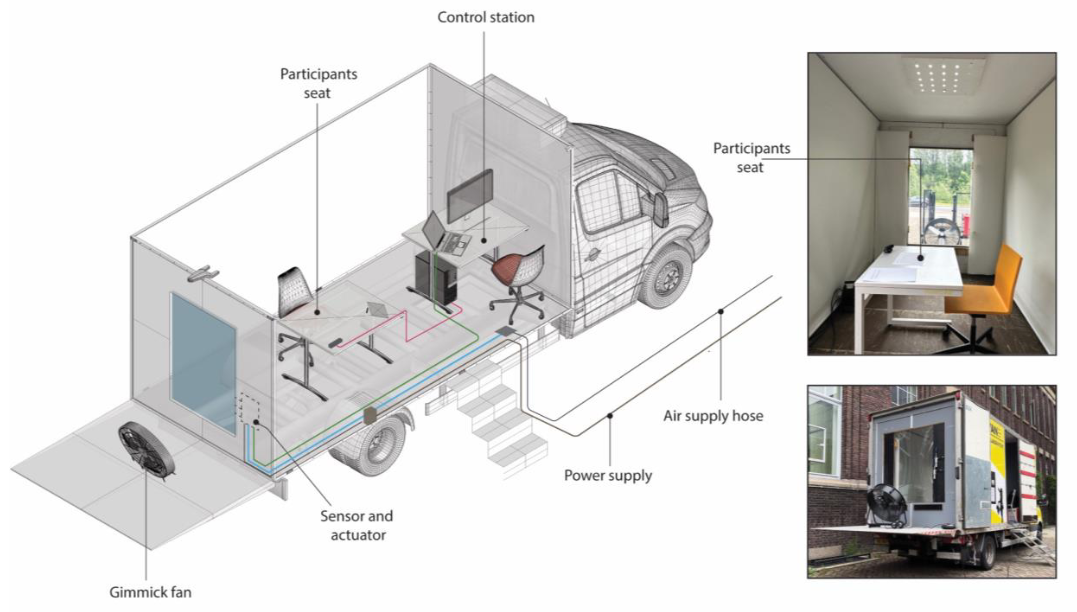Glass Serviceability Limits
New Evidence from Human-Centred Studies

Abstract
The performance of the building envelope of a building is crucial for minimizing operational carbon emissions and maintaining indoor comfort. Contemporary building envelopes, such as highly engineered glazed façades, achieve high performance levels but also add a significant amount of embodied carbon. For example a 1mm reduction in glass thickness could save 3 kgCO2eq/m2. There is therefore an incentive to reduce the thickness of the glass panels, but the minimum thickness possible is often not governed by strength or manufacturing limits but rather by the deflection (serviceability) limits. Despite objective criteria guiding serviceability limits, occupant acceptance of deformation remains unexplored, leading to conservative designs. This paper introduces a novel method for measuring occupant satisfaction with glass deformations, aiming to establish acceptance thresholds comparable to objective criteria. An experimental campaign was conducted to assess volunteers' levels of perception and acceptance of various glass deformations. The glass was deformed using an electro-pneumatic system at levels corresponding to below, above, and at the current serviceability limit. The results demonstrate the feasibility of measuring human responses to deformations in the glazing and provide essential data for setting serviceability limits. The experiments indicate that, based on occupant feedback, the current serviceability limit of L/50, may be relaxed, thereby presenting opportunities for material efficiency, such as the adoption of thinner glass in facades. The methodology effectively captures human responses, revealing heightened perception of glazing movement at night and a higher acceptance during the day. Changes in reflection were the primary reason for the perception of movement, with lower acceptability at night. Overall, participants felt safe regardless of their prior knowledge on glass properties, and providing this information to participants did not improve acceptance, which was already sufficiently high. The findings from this research fill an important knowledge gap in understanding occupant acceptance of glass deformations, crucial for comprehensive user satisfaction assessments and evidence-based reductions in glazing thickness.
Published
Issue
Section
Structural Glass Design & Standards
License
Copyright (c) 2024 Mohammed Hassan, Pedro de la Barra, Sagar Oke, Mauro Overend, Alessandra Luna Navarro, Marcel Bilow

This work is licensed under a Creative Commons Attribution 4.0 International License.



